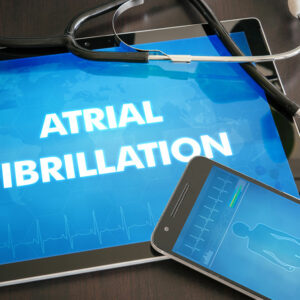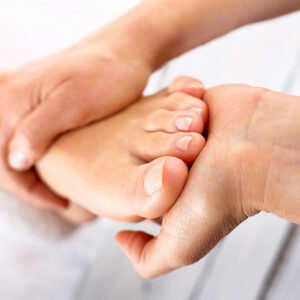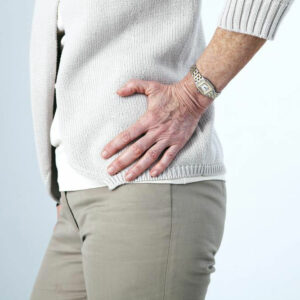
01
Causes and Symptoms of Lupus
Lupus can cause severe swelling and inflammation in various parts of the body. It is one such autoimmune disease that can affect almost everyone in a different way. Some people might experience severe symptoms whereas other might experience milder ones. The symptoms will generally surface in adulthood till the person reaches their 30s. Common causes of lupus skin rash The exact cause of lupus skin rash is yet to be found. Apparently, it has been noted that a combination of environmental triggers and genetics play a pivotal role in causing this disease. Moreover, this disease is not contagious which means it cannot pass from person to another. Some of the potential causes of lupus include the following: Sunlight: Too much exposure to sunlight may trigger lupus skin rash to those who have a genetic factor that could lead to the development of this disease. Infections: If one has some kind of infection, then that could cause skin rashes due to lupus. Medications: Certain blood-pressure medications, antibiotics, and anti-seizure medications can also trigger lupus. Those who develop lupus because of the medication they take will see an improvement in the condition once they stop using the medicine. Common symptoms of lupus skin rash Fatigue Almost 90% of people in the country who suffer from lupus skin rash have experienced fatigue. Taking a nap in the afternoon helps many of them to get rid of that fatigue but sleeping for a more extended period of time during the day will cause insomnia. However, if one lives an active life, then they will be able to keep up their energy levels throughout the day. Unexplained fever One of the earliest symptoms of lupus skin rash is an unexplained fever. The temperature of the body will be around 98.5° F to 101° F. Therefore, one should consider visiting a doctor.
Read More 









